In the age of social media, individuals control how others perceive them through certain symbols and representations. On social media, users carefully plan content to show an idealized image of life, and gradually symbolize and pictorialize life to form a “landscape” for viewers to watch and consume. It can be seen that the impression management and “self-landscaping” proposed by Goffman have become an important means for users to display their self-image.

The Kardashians are a prime example of this phenomenon. They have hundreds of millions of followers on Instagram and brand themselves by showcasing a lavish lifestyle. They often post high-end fashion items, luxury homes, travel photos and luxury cars, which are carefully curated to highlight luxury and taste, presenting viewers with a “perfect” lifestyle. Photos and videos of family members often use professional photography and elaborate filters to enhance visual appeal, and each image is arranged to present a highly idealized effect, so that their lives are packaged as visual “ideal lives” and create a sense of unreachable glamour.
According to the “landscape society” theory of Debord (1994), the real life of modern society is gradually symbolized and visualized, and becomes a “landscape” for others to consume. The Kardashian family’s Instagram content is a product of this landscape, capturing viewers’ attention through symbols of luxury (such as designer fashion, luxury homes) and feeding people’s imagination of luxury living. These contents are not a complete record of their real lives, but a symbolic life that has been filtered, edited and embellished, and ultimately formed the Kardashian family brand “landscape.”
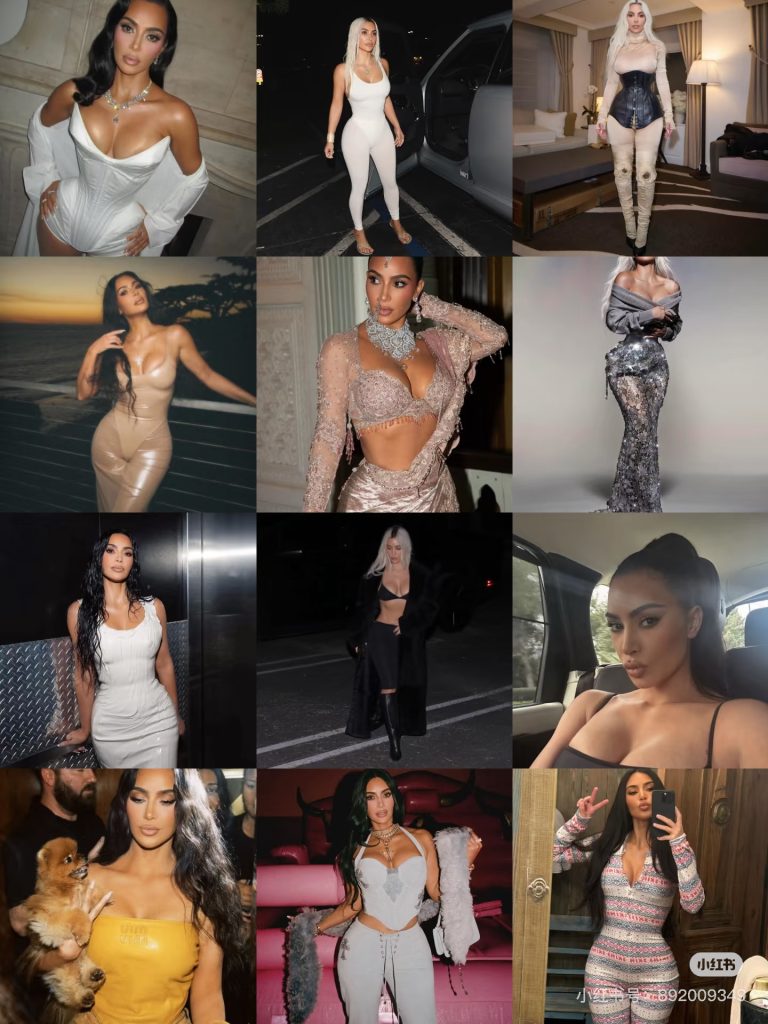
Each member of the Kardashian family has cultivated a unique public persona on Instagram through carefully curated content. For example, Kim Kardashian is known as a “fashion and beauty pioneer,” often showcasing her beauty brand, fashion look, and fitness results on Instagram, while Khloe Kardashian shows off healthy living, active exercise, and parenting routines. Established the image of “fitness expert” and “mother”. Pictures and videos of family members are full of fashion and luxury symbols, such as high-end brands of clothing, jewelry, quality of life, etc. Through these symbols, the Kardashian family conveys the image of “fashion authority” and “success” to the audience, making the audience associate their lifestyle with “sophisticated” and “rich”.
Goffman’s (1959) impression management theory points out that individuals will use specific symbols to control others’ impression of themselves when displaying themselves. Members of the Kardashian family have strengthened their public image by displaying symbols of high-end brands, luxury goods and fitness achievements. Their Instagram content is not just a record of their lives, it’s a carefully curated form of impression management designed to create a specific identity and cement their status and commercial value on social media (Marshall, 2010).
Kardashian family members’ Instagram content often elicits strong interactions from fans, with viewers expressing admiration for their lifestyle or approval of their fashion taste through likes, comments and shares. In the comments section, viewers often ask about their clothing brands, the names of cosmetics, and even many fans imitate their fashion style. This kind of landscape display has a significant impact on the audience’s psychology. Many viewers regard the lifestyle of the Kardashian family as the standard of “success”, and even have an invisible comparison psychology or dissatisfaction with their own life, which further deepens their pursuit of consumption and material. This also proves that Deboer’s “landscape society” landscape is not only a kind of viewing object, but also has a profound impact on the values and behaviors of viewers.
The Kardashian family’s Instagram content has become a symbol of the “ideal lifestyle” in the eyes of viewers, linking luxury consumption with self-worth through landscape display. This symbolic lifestyle not only shapes the audience’s definition of “success”, but also directly affects their consumption behavior and life concept.
Therefore, on social media, especially Instagram, impression management has become an important means for users to shape an idealized life.
Reference List´╝Ü
Cashmore, Ellis. Celebrity/Culture. London: Routledge, 2006.
Debord, Guy. The Society of the Spectacle. New York: Zone Books, 1994.
Goffman, Erving. The Presentation of Self in Everyday Life. Garden City, NY: Doubleday, 1959.
Marshall, P. David. The Promotion and Presentation of the Self: Celebrity as Marker of Presentational Media. Celebrity Studies, 1(1), 2010, pp. 35-48.
Rindova, V. P., Pollock, T. G., & Hayward, M. L. A. (2006). Celebrity Firms: The Social Construction of Market Popularity. Academy of Management Review, 31(1), 50-71.

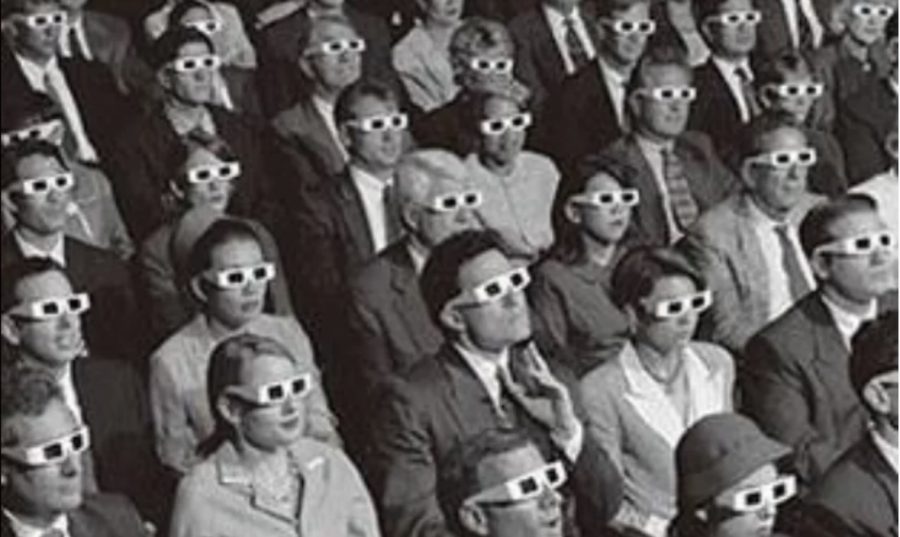
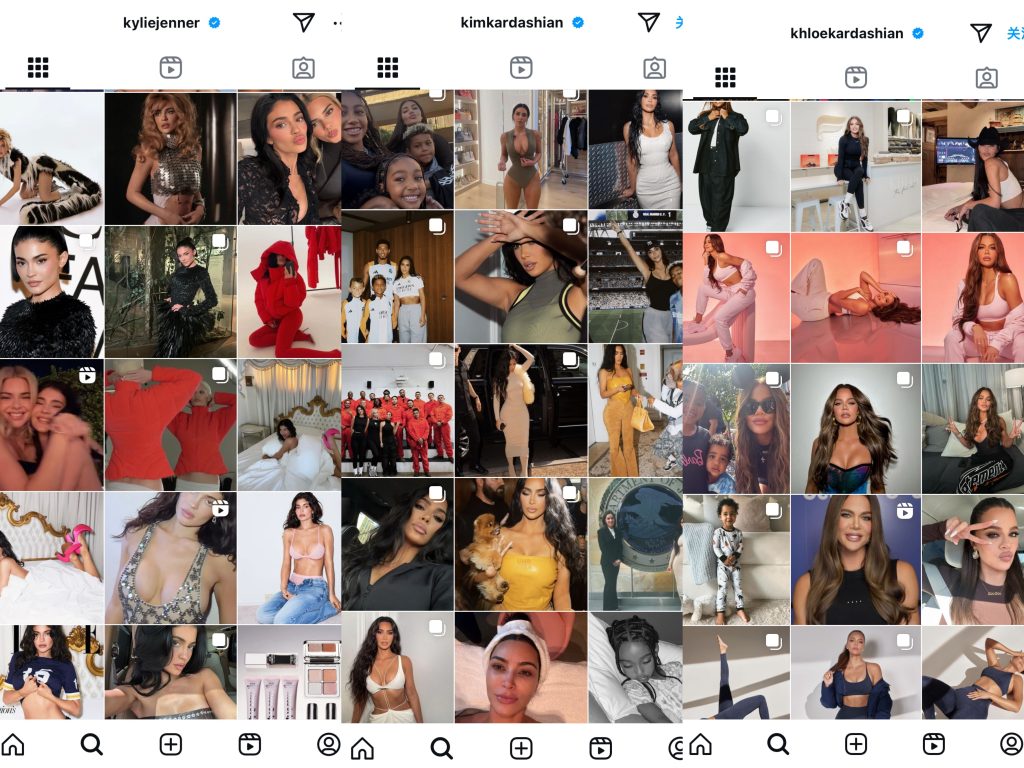
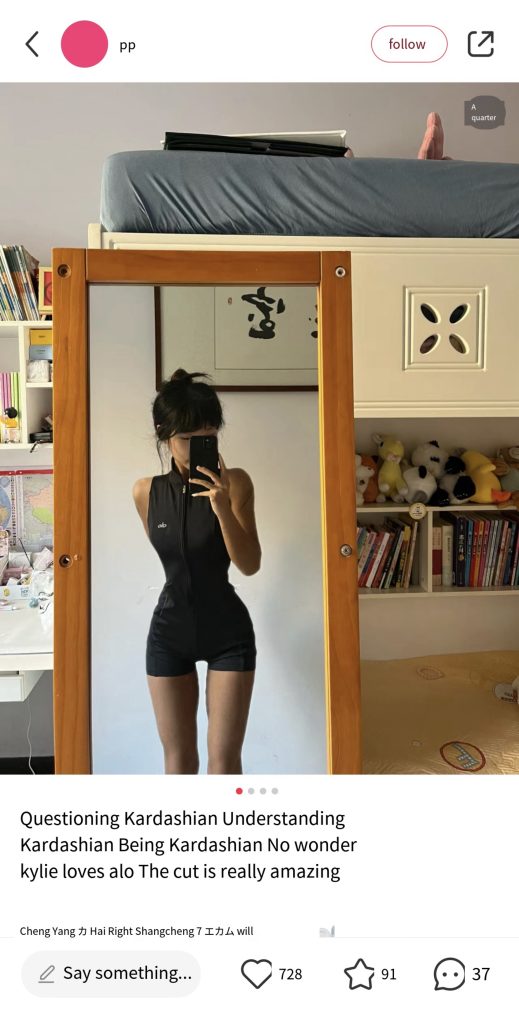
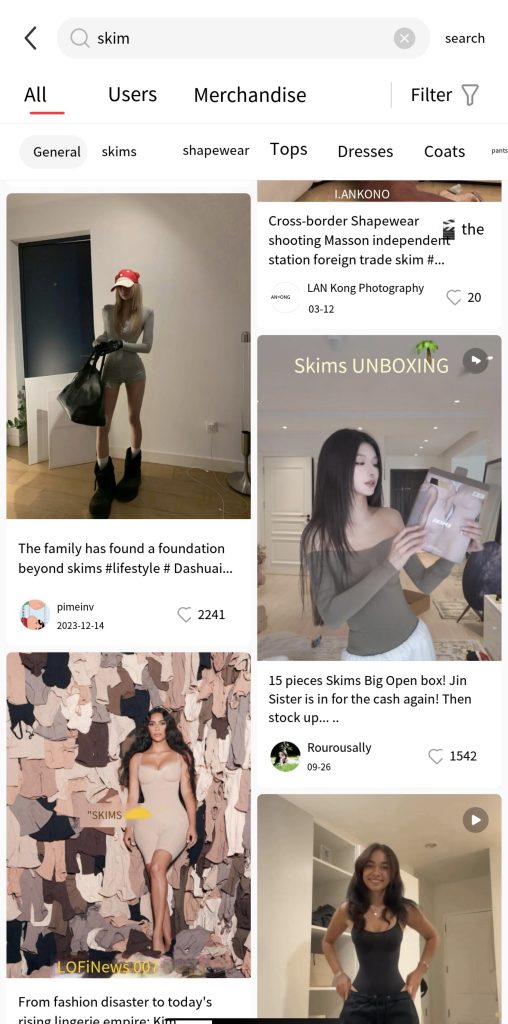

Taking the Kardashian family as an example, the author vividly tells the self-construction of people in the digital world, and they show the charm of “onstage” through social software to attract more people’s attention.
Hello, Xiaoya, I really like your article and your case study. I think your use of the Kardashian family’s image management on social media as a demonstration of Goffman’s Identity theory is very appropriate and reasonable. Your introduction and analysis of the image that the Kardashian family wants to create on social media is very specific, which gave me a new impression of the Kardashian family, especially when you said that the Kardashian family’s social media image represents successful people. I think this can be combined with the 2-step flow theory. Each of their social media contains huge commercial value and influence on the masses.
Hi Xiaoya, Your blog does a great job breaking down how the Kardashians use Instagram to create a super polished, luxury-filled image that matches Goffman and DebordÔÇÖs ideas on self-presentation and ÔÇťself-landscaping.ÔÇŁ ItÔÇÖs interesting how their idealised content draws people in, making fans admire their lives or even compare their own. But, adding more on how this trend affects everyday social media users could make the analysis even stronger. Plus, showing how platform algorithms and brand partnerships push and profit from these curated lifestyles would highlight how social media turns these ÔÇťperfectÔÇŁ images into a money-making cycle.
Hello Xiaoya, your perspective on the issue of digital identities is interesting. Also, exploring the issues by focusing on the Kardashian makes it even more insightful. Accordingly, you have touched on the fact that digital identities tend to give people the freedom to present themselves in a way that only shows their achievements as negative news remains hidden. This feedback also aligns with Goffman’s identity theory which espouses that such digital images can be a model that viewers and fans emulate. Your explanation also captures the two-step flow theory which explains how opinion shapers are important in influencing the masses. The Kardashians, through their well-curated images on social media platforms like Instagram, can hence influence a lot of people. I believe that exploring how the followers of the Kardashians can also act as intermediaries that spread these perspectives can even offer more depth to this case study. Also, I believe that the issue of pseudonymity can be explored in this discussion, in which some people are forced to come up with accounts that do not reflect their true selves due to the norm of crafting well-curated images when using social media. This was an interesting blog post and I enjoyed reading it.